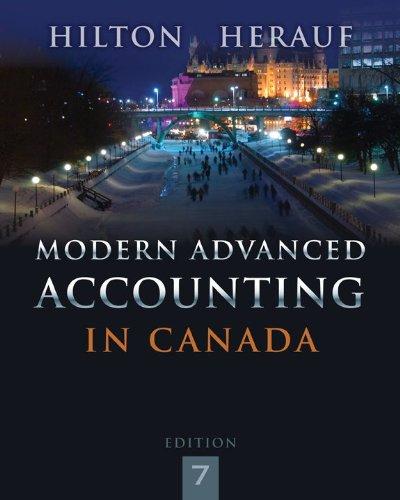Question
Barings had a long history in London, with a presence in merchant banking of over 230 years. At the time of the collapse, the Barings
Barings had a long history in London, with a presence in merchant banking of over 230 years. At the time of the collapse, the Barings Group comprised an authorised bank in the UK (Baring Bros & Co), a securities company (Barings Securities Limited – BSL) and various subsidiaries and branches operating in the UK and other countries. From the late 1980s, Barings had been involved in major structural changes, entering new areas of business and attempting to incorporate those new activities into the Group structure. The most challenging task was the incorporation of the securities business into a structure which, until then, had been dominated by banking activities and culture.
The collapse of the Barings Group was the product of losses incurred within one of its subsidiary companies, Barings Futures Singapore (BFS). Subsequent investigation by the Bank of England (BoE) revealed that at end December 1994, cumulative losses of over £200 million had not been recognised in Barings' accounts, with unrecognised losses in 1994 amounting to £185 million. This contrasted with the financial position indicated in the draft financial accounts for 1994, where pre-tax profit of £102 million was shown (this result was after allowing for transfers to a Group bonus pool of the same amount). The magnitude of the true loss as at December 1994, had the position been discovered at that time, might not have brought about the collapse of Barings. At that point, recorded Group capital was in the order of £350 million. Over the course of the next two months, however, cumulative unreported losses grew almost threefold, reaching £827 million by 27 February 1995. Adding in the costs of closing out all positions, cumulative losses incurred on BFS's unauthorised trading totalled £927 million.
The proximate cause of the losses, and the subsequent collapse, was the unauthorised trading activities of the head of BFS, Nick Leeson. Leeson was authorised to engage in active trading out of Singapore, but only as part of a ‘switching’ (or arbitrage) operation between the Singaporean and Osaka futures exchanges. These activities were viewed as low-risk operations by Barings management, given that they did not involve outright, open positions on the exchanges. It is now known, however, that Leeson had engaged, for a period of 2½ years, in unauthorised position – taking in Nikkei futures and Japanese Government Bond (JGB) futures on SIMEX and Osaka futures exchanges. In addition, Leeson had exposed the capital of the Group to unlimited potential loss by writing, again without authority, exchange-traded options against the Nikkei Index on those same exchanges.
By early 1995, Leeson had adopted a trading strategy which saw him taking:
long (or bought) positions in Nikkei futures;
short (or sold) positions in JGB futures; and
a ‘short volatility’ position in Nikkei exchange traded options.
To be profitable, the respective positions would have required futures prices on the Nikkei Index to have increased, Japanese bond prices to have fallen and for volatility in the Nikkei Index to have remained low. In fact, from around mid January, the Nikkei fell, at times sharply. This led to a deterioration in both the Nikkei futures and options positions. Similarly, an easing in Japanese interest rates saw losses incurred from the short JGB futures positions.
The sequence of profits and losses from the various positions in the different markets was not even over January and February. At times, losses in one market were offset by gains in another. At one point in early February, Leeson had recovered losses made from the start of the year. In the final two weeks of February, however, all the markets in which he held open positions turned against him. It was over this two week period that the bulk of the net losses was recorded.
Question
1.How would you act if you were at the organization? Will you treat the firm’s account (transaction) differently from your own account?
Step by Step Solution
3.53 Rating (153 Votes )
There are 3 Steps involved in it
Step: 1
As a general rule when working for an organization it is important to follow ethical and legal princ...
Get Instant Access to Expert-Tailored Solutions
See step-by-step solutions with expert insights and AI powered tools for academic success
Step: 2

Step: 3

Ace Your Homework with AI
Get the answers you need in no time with our AI-driven, step-by-step assistance
Get Started


